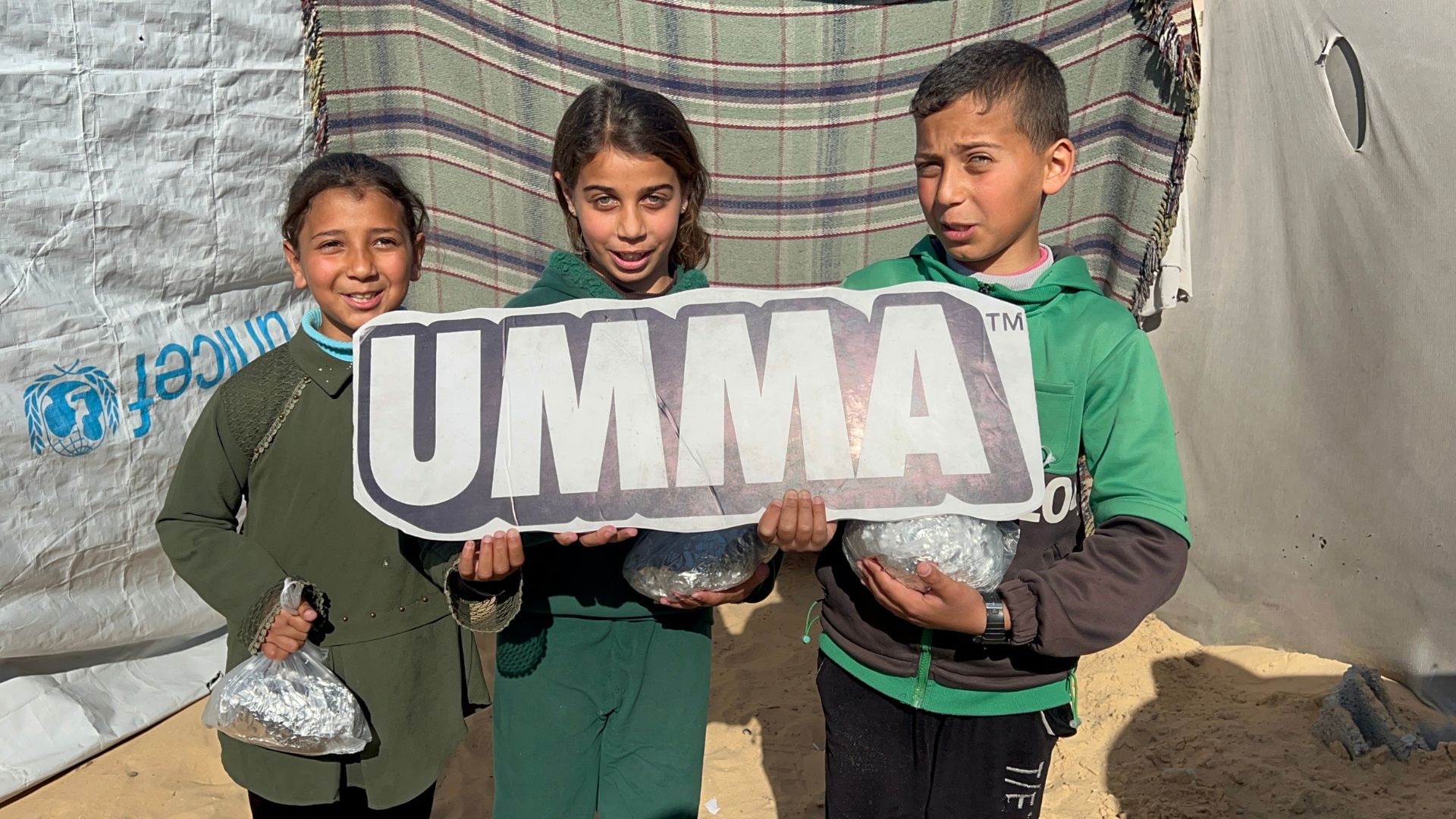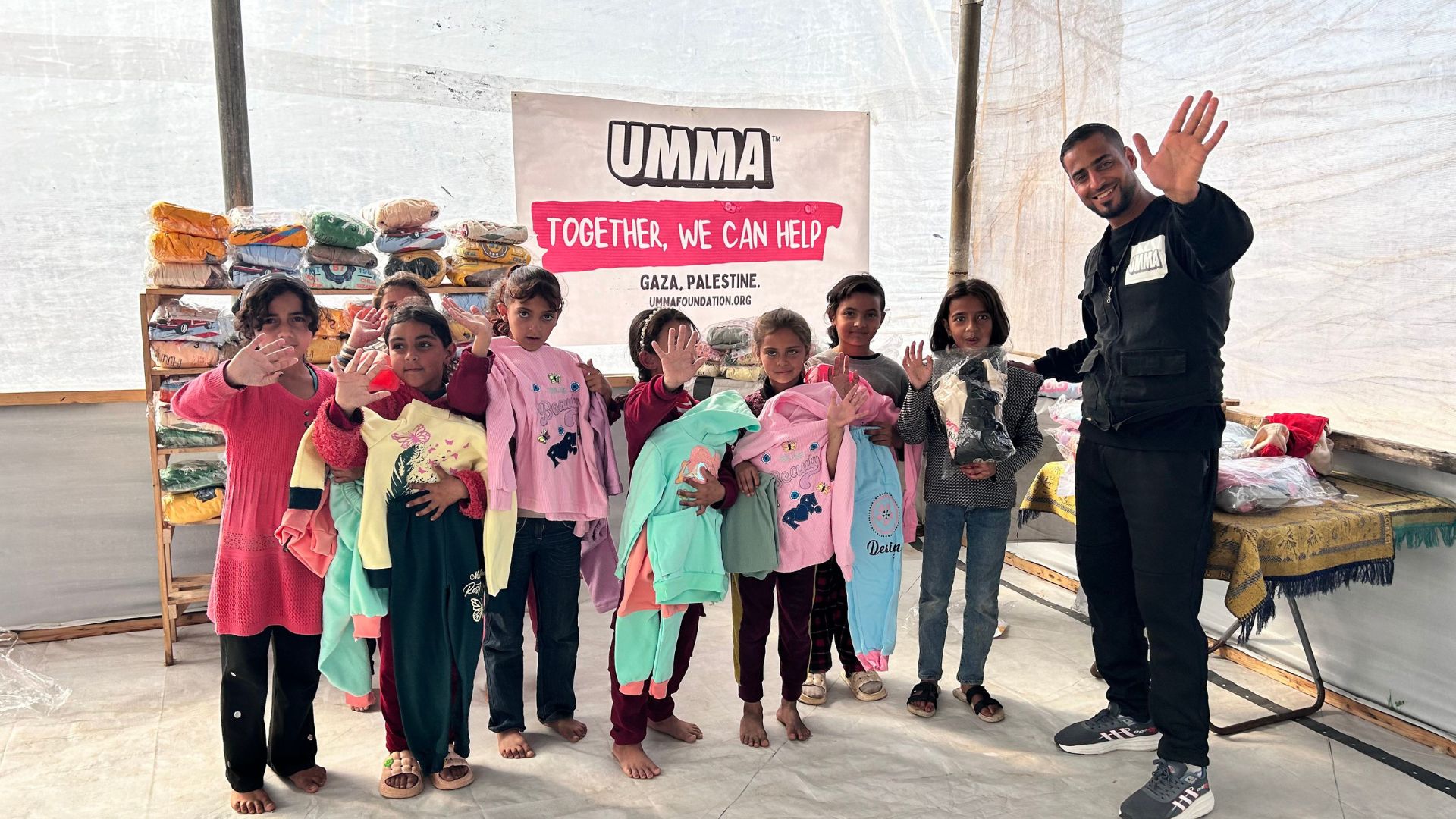When disaster strikes, help doesn’t always come from far away. Often, it begins with neighbors, teachers, and local NGOs who already know the terrain, the families, and the risks. Across Gaza, Sudan, Yemen, and dozens of other conflict-affected regions, community-led humanitarian aid has emerged as the backbone of effective, ethical, and sustainable relief.
The Shift Toward Local Leadership
For decades, humanitarian response was dominated by international agencies. But recent crises have exposed a hard truth: top-down aid often moves too slowly to meet urgent needs.
That’s why global institutions—from the UN Office for the Coordination of Humanitarian Affairs (OCHA) to the World Bank—are calling for localization: transferring resources and decision-making power directly to communities.
According to OCHA’s 2025 Humanitarian Overview, only 3% of global humanitarian funding currently reaches local NGOs directly, even though they deliver over 60% of aid on the ground.
🔗 OCHA – Global Humanitarian Overview 2025
This imbalance has sparked a global movement known as the “Grand Bargain”, a UN-led framework that demands a shift toward community-driven aid models.
Why Community-Led Humanitarian Aid Works
Local organizations are not just first responders—they’re lifelines that remain when others leave. Their impact is measurable, efficient, and deeply human.
1. Proximity Means Speed
Local NGOs already have access to communities, infrastructure, and trust.
During Gaza’s recent escalations, grassroots organizations like Umma Foundation’s partners were among the first to distribute bread, water, and trauma kits—long before international convoys arrived.
2. Cultural Understanding Saves Lives
Local staff know the language, religion, and customs of the people they serve.
According to UNICEF, community trust increases aid effectiveness and reduces resistance to life-saving programs like vaccination and mental health care.
🔗 UNICEF – Community Engagement and Accountability
3. Lower Costs, Higher Impact
Local delivery cuts logistics costs by up to 40%, according to The World Bank’s Humanitarian Development Report. Instead of spending on airlifts and imports, funds go directly to food, fuel, and medicine procurement within communities.
🔗 World Bank – Humanitarian Development Nexus
4. Long-Term Sustainability
When communities are part of their own recovery, programs last longer.
Studies by UNDP show that locally led reconstruction projects have 70% higher sustainability rates compared to externally managed interventions.
🔗 UNDP – Localization and Resilience
Faith and Humanity: The Power of Ethical Giving
Faith-based organizations like Umma Foundation add another critical layer: values-driven aid rooted in compassion, transparency, and dignity.
In Islam, giving (Zakat and Sadaqah) is both an act of worship and social responsibility. Community-led aid allows this principle to flourish—connecting donors directly to those rebuilding their lives.
👉 Learn how faith fuels impact:
Give Monthly
Real Stories: Local Heroes at Work
Gaza — Nour’s Story
When bombardments destroyed her neighborhood school, Nour, a 27-year-old volunteer teacher, started daily literacy classes under a canopy. With materials funded by Umma Foundation’s Campaigns, she now teaches over 50 displaced children.
“Education is hope,” she says. “Even when the classroom is made of dust.”
Sudan — Ahmed’s Story
In Khartoum, when supply chains broke down, a group of young volunteers organized food deliveries using motorbikes. They reached 2,000 families in three weeks—funded not by large agencies but by local donations.
These are the faces of the new humanitarian frontline—ordinary people becoming extraordinary first responders.
Challenges Local NGOs Still Face
While their role is vital, local NGOs still battle systemic barriers that limit their capacity and funding.
- Underfunding: Less than 3% of international relief funds reach local actors directly.
- Bureaucracy: Complex compliance and reporting systems often favor large INGOs.
- Security Risks: Local responders operate in active war zones with limited protection.
- Capacity Gaps: Limited access to technology, data tools, and logistics support.
To truly empower local NGOs, donors and global partners must reimagine aid as a partnership, not a pipeline.
The Localization Revolution: A Global Movement
The “localization” agenda—formalized through initiatives like the Grand Bargain 2.0—is changing the face of global aid. It calls for at least 25% of all humanitarian funding to reach local organizations directly by 2030.
🔗 Inter-Agency Standing Committee – Grand Bargain 2.0
This shift is not just about fairness—it’s about efficiency, transparency, and accountability.
According to the International Federation of Red Cross and Red Crescent Societies (IFRC), supporting local actors in crises improves humanitarian effectiveness through quicker mobilization, lower cost operations, and deeper community trust.
🔗 IFRC – Localization: Investing in Local Humanitarians
Community Leadership in Action: Umma’s Model
Umma Foundation’s work embodies the principles of local empowerment and transparent aid:
- Bread Distribution Campaigns — empowering local bakeries to feed families in Gaza.
- Medical Relief in Yemen — funding local clinics to provide surgeries and trauma care.
- Education Initiatives in Sudan — supporting displaced teachers and rebuilding schools.
- Sustainable Agriculture in Somalia — partnering with local farmers to create long-term food security.
Every donation is tracked, verified, and shared openly with supporters.
📖 Financial Disclosure
How Donors Can Empower Local NGOs
- Fund local first: Prioritize NGOs with direct community ties.
- Support long-term partnerships: Build capacity, not dependency.
- Advocate for transparency: Demand reporting that shows real impact, not bureaucracy.
- Invest in women-led initiatives: Studies show they drive faster recovery and community cohesion.
Every donor decision is a vote for the kind of aid system we want to see.
The Impact in Numbers (2025 Snapshot)
- 43 million people displaced globally — nearly half are children.
🔗 UNHCR – Global Trends Report 2025 - 1 in 3 people in conflict zones rely primarily on community-run aid programs.
- Over 70% of emergency health responses in Gaza and Sudan now led by local partners.
- Cost efficiency: Community-led programs deliver results at 25–40% lower operational cost than international-only missions.
🔗 World Bank – Humanitarian Efficiency Findings
Frequently Asked Questions
Why is community-led humanitarian aid more effective?
Because it empowers local leaders who understand the people they serve. They act faster, adapt better, and sustain change beyond emergency cycles.
How can international donors support local NGOs effectively?
By funding training, logistics, and direct grants—while simplifying compliance requirements and promoting equal partnerships.
Does Umma Foundation work with local partners?
Yes. Every campaign is implemented through verified community partners to ensure impact, integrity, and sustainability.
Conclusion: Humanity Begins at Home
Every major humanitarian breakthrough—whether food relief, schooling, or healthcare—starts with local courage.
Community-led humanitarian aid is not a trend; it’s the future. It’s how we rebuild nations, restore dignity, and renew faith in human goodness.
As Umma Foundation continues to partner with communities worldwide, one truth remains clear: those closest to the suffering are also closest to the solution.
👉 Join the movement today:
Give Monthly | Financial Disclosure





.jpg)





